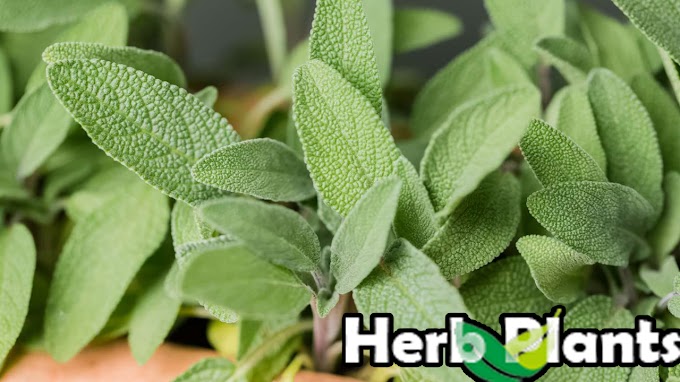Have you ever wondered about the magical ingredient that adds a touch of vibrant color, exotic aroma, and a subtle yet exquisite taste to various dishes? Look no further than the remarkable saffron plant! In this article, we'll take you on a captivating journey into the world of saffron, revealing its secrets, health benefits, cultivation, and much more. So, grab a cup of tea, relax, and let's explore the fascinating realm of this golden treasure!
The Golden Treasure:
Saffron, scientifically known as Crocus sativus, is a beautiful flowering plant belonging to the iris family. Originating from the Mediterranean region, it has been treasured for thousands of years for its distinct flavor, fragrance, and vibrant golden color. Often referred to as the "golden spice," saffron has been used in cooking, medicinal remedies, and even in religious ceremonies.
Culinary Delights:
Saffron is an indispensable ingredient in many culinary traditions worldwide. With its unique aroma and flavor, it enhances the taste of various dishes, transforming them into culinary masterpieces. Just a pinch of saffron can elevate a simple rice dish, a creamy dessert, or even a cup of tea to a whole new level of deliciousness.
Health Benefits:
Apart from its culinary wonders, saffron also offers a range of health benefits. It is rich in antioxidants, which help combat free radicals and promote overall well-being. Saffron has been used in traditional medicine to treat a variety of ailments, including digestive issues, insomnia, and depression. Additionally, studies suggest that saffron may have mood-enhancing properties and could potentially help alleviate symptoms of mild to moderate depression.
Cultivating the Golden Spice:
Growing saffron requires a bit of patience and care, but the rewards are truly worth it. The saffron plant thrives in sunny climates with well-drained soil. It grows from bulbs called corms, which are planted in the autumn to allow them to establish strong roots before winter. In spring, slender, lilac-colored flowers with vibrant red stigmas emerge, and these stigmas are the prized saffron threads.
The harvest of saffron is a delicate and labor-intensive process. Each flower produces only three stigmas, which must be carefully handpicked. The threads are then dried to preserve their unique flavor, aroma, and color. It takes an astonishing 75,000 flowers to yield just one pound of saffron, making it one of the most expensive spices in the world.
Saffron Around the World:
Saffron is widely used in various cuisines across the globe. It is an essential ingredient in Spanish paella, Italian risotto Milanese, Indian biryani, and many other mouthwatering dishes. Its unmistakable golden hue and distinct taste make saffron an iconic spice in culinary traditions around the world.
The Power of Saffron in Everyday Life:
Beyond its culinary and medicinal uses, saffron holds cultural and historical significance. In many cultures, saffron is considered a symbol of prosperity, luxury, and beauty. It has been used in rituals, perfumes, and even as a natural dye for textiles. The allure of saffron extends far beyond its flavor and fragrance; it weaves itself into the fabric of human experiences, traditions, and celebrations.
Now that you've delved into the enchanting world of the saffron plant, we would love to hear your thoughts and experiences. Have you ever tasted a dish enhanced by saffron's magic touch? Do you have a favorite saffron-infused recipe you'd like to share? Or perhaps you have a question about saffron cultivation or its historical significance? Share your feelings, stories, and queries in the comment section below!
If you found this article intriguing and informative, and if you'd like to see more captivating content in the future, please consider supporting us. Your contribution will help us continue exploring the wonders of nature, culture, and everything in between. Click the support button to show your support and help us bring more enlightening articles to you.




0 Comments